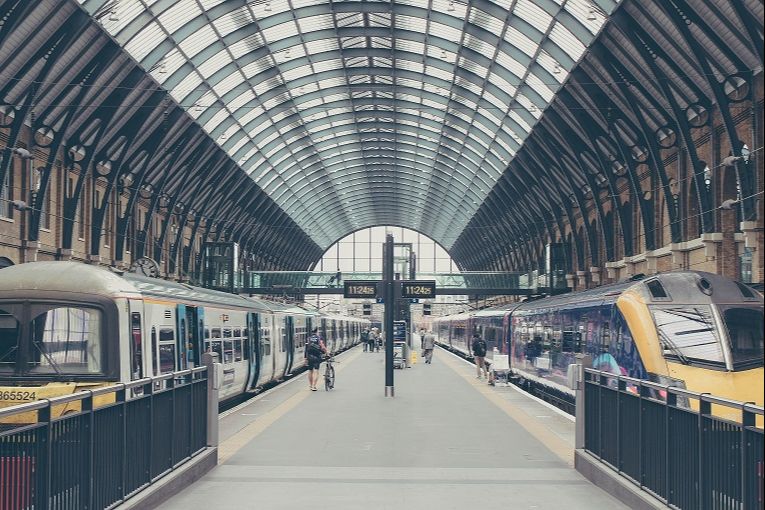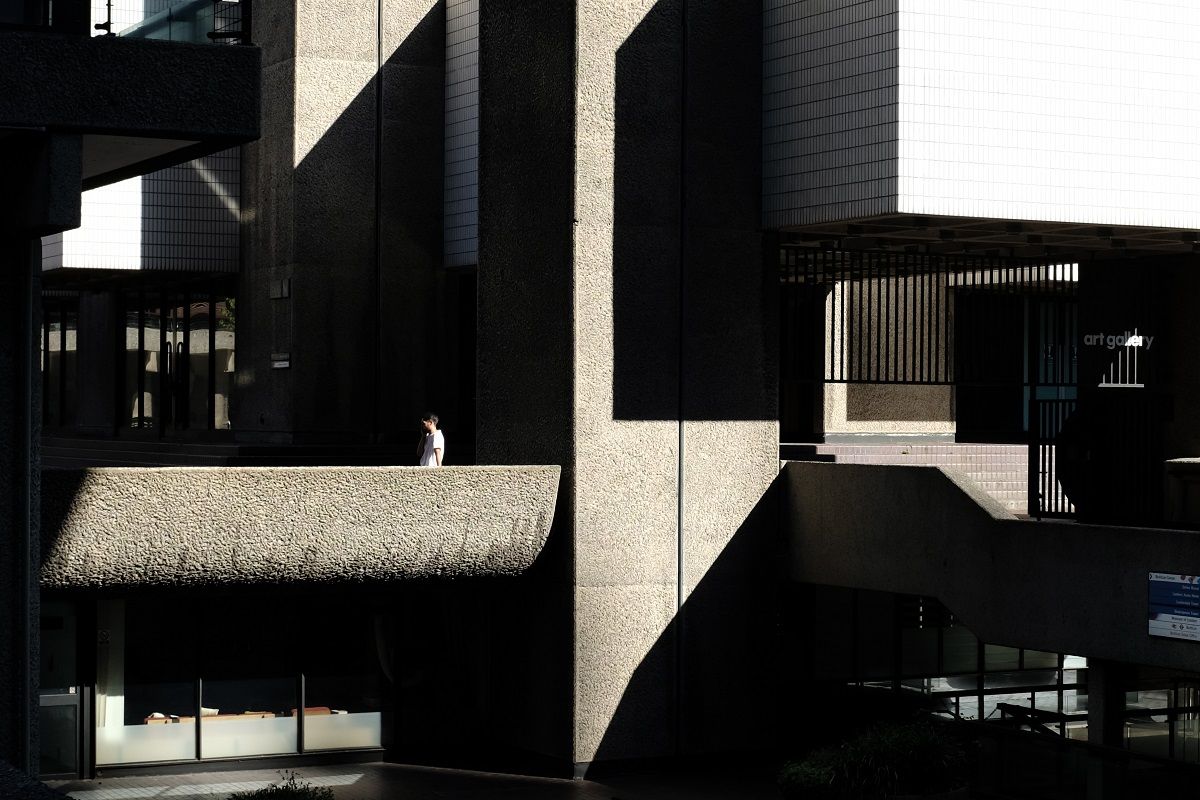
Article posted by
London has some of the most recognisable buildings in the world. Its age as a city means that it has remnants of bygone eras as well as more modern developments, all of which contribute towards London’s unique appearance.
The Victorian era changed the landscape of London and saw a huge development of the city as the country went through the industrial revolution. The city’s infrastructure was improved with landmark buildings such as King’s Cross Station. With the increase in the number of building developments in the city, some notable projects emerged that were built in a distinctly Victorian style.

One of the most impressive buildings of this era is the Natural History Museum. It was constructed because the natural history collection in the British Museum had become limited by space and it was decided that a new museum was needed to house this ever-growing collection. Built between 1873 and 1880, the Natural History Museum represents the pinnacle of architectural grandeur that emerged from this era. Its large atrium and decorative coloured brickwork remain impressive to the modern viewer and the design manages to cope with the current day-to-day running of the museum.
The museum, however, was not planned in isolation; it was, in fact, part of a wider development in Kensington which included the Royal Albert Hall, Albert Memorial and the Queen’s Tower, colloquially known as Albertopolis. This tower was built in 1887 to mark the Golden Jubilee of Queen Victoria. Although the complex around it has now been demolished, the Queen’s Tower remains to remind us of the Victorian’s architectural greatness.
Often as impressive as the structures from the Victorian era, the buildings from the twentieth century have an entirely different appeal. Far from the stateliness of Victorian buildings, the architectural style of Brutalism is known for its use of concrete and can be seen in buildings such as The Barbican Centre and The Royal Festival Hall.

Perhaps the most striking development in this style is the Alexandra Road Estate. Designed by Neave Brown in 1968, the estate is comprised of three buildings that run parallel to each other. The distinctive contours of the northern-most building, in a ziggurat shape, are to prevent the noise from the railway reaching the other buildings. Its use of concrete and sharp angles make it a prime example of twentieth-century Brutalist architecture.
The Brutalist-style new developments in London gradually changed to become the architecture we have today. Developments such as the Hackney Wick Overground Station provide an intriguing link between contemporary architecture and the styles of yesteryear. Originally built in the 1980s, it underwent redevelopment in 2017-2018. The current building fuses both the concrete of its previous incarnation with thoroughly modern touches such as wood cladding in a way that allows the two styles to compliment one another.
Unlike Hackney Wick, One New Change has been constructed with tomorrow in mind, typified by its predominantly glass exterior. Designed by the French architect Jean Nouvel and completed in 2010, this retail and office development is the only shopping centre within the City of London. Standing close to St Paul’s Cathedral, it is a typical example of where London blends architecture both old and new.
Developments in London have not stopped and there are many planned new projects lined up for the future that will alter the city’s skyline. The Spire in London’s dockland area is set to be the tallest residential block in Europe and is due for completion in 2020. The design takes its inspiration from the ships that visited the docks and the building will feature prominent bow shapes.
The City of London also has redevelopment scheduled with proposed development such as 40 Leadenhall Street and 1 Undershaft that will provide much-needed extra office space. While all of the mentioned buildings are of architectural significance, their function must not be overlooked. London is a constantly evolving city and these developments are planned to satisfy the needs of the people who live there and the companies who are based there.
London has a rich history of architecture and one that looks to continue. The planned developments will fit into the already rich tapestry of architectural heritage that defines London as a city and they show that there is an exciting future ahead for architecture there.
We’re here if you need help defining a role or brief, specialist insight to help shape your ideas or expert help with your recruitment process. Just get in touch to arrange a conversation with one of the team or if you’re ready for us to find the perfect person for you, send us your brief.
If you’re looking for your ideal job send your CV to us to get started or search for the latest job vacancies and we’ll get the ball rolling.